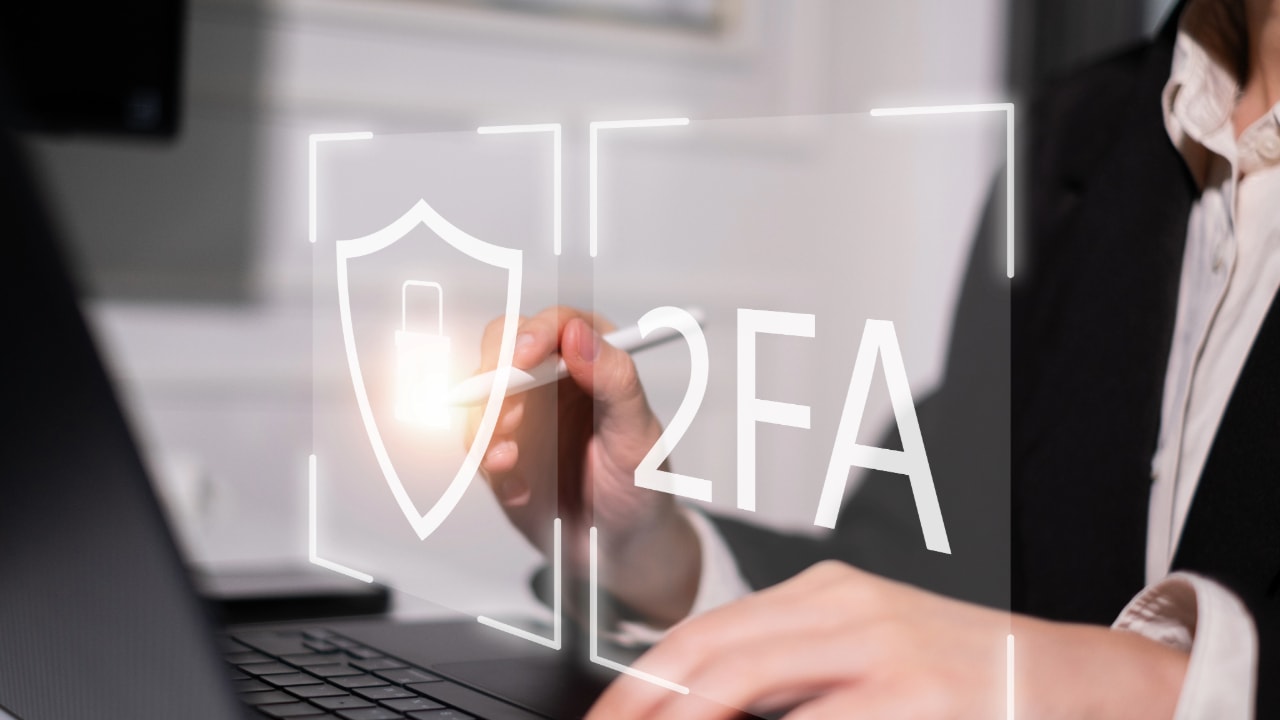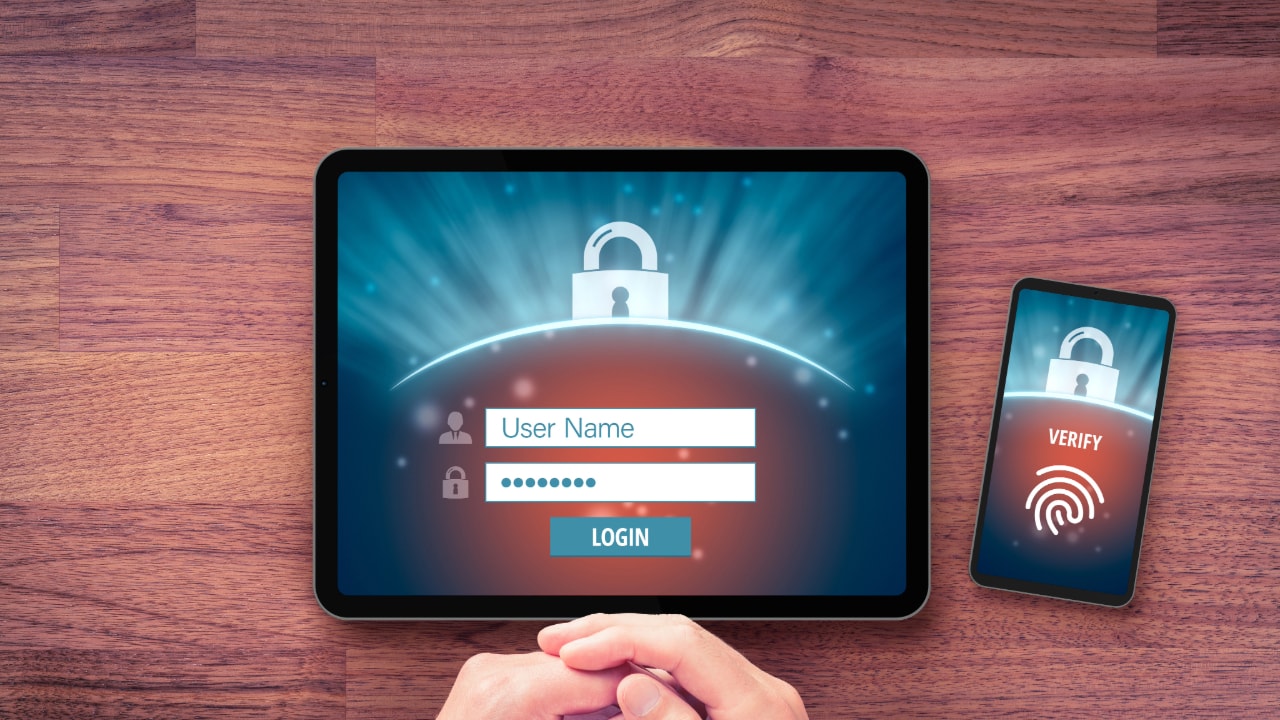Cybersecurity News: Sneaky 2FA - Emerging Threat to Microsoft 365 Accounts
Feb 04, 2025
In the evolving landscape of cybersecurity threats, user authentication has become a critical focus, especially with the emergence of a new phishing-as-a-service (PhaaS) platform named “Sneaky 2FA,” specifically targeting Microsoft 365 accounts. This sophisticated adversary-in-the-middle (AitM) phishing kit is designed to bypass two-factor authentication (2FA), posing significant risks to organizations relying on Microsoft 365 for their operations.
Introduction to Sneaky Two Factor Authentication
Discovered by French cybersecurity firm Sekoia in December 2024, Sneaky 2FA has been active since at least October 2024. The platform operates as a PhaaS, marketed through a comprehensive Telegram bot service called “Sneaky Log.” Subscribers gain access to an obfuscated version of the phishing kit’s source code, which they can deploy independently. As of January 2025, nearly 100 domains hosting Sneaky 2FA phishing pages have been identified, indicating moderate adoption among cybercriminals.
While 2FA is a robust security measure, multi factor authentication (MFA) takes it a step further by incorporating additional authentication factors, thereby providing even more secure access to sensitive data and systems.
Understanding 2FA

Two-factor authentication (2FA) is a security process that requires two different authentication factors to verify a user’s identity. This adds an extra layer of security to the traditional username and password combination, making it more difficult for attackers to gain unauthorized access to sensitive data. By requiring not just something the user knows (like a password) but also something they have (like a mobile device or security key), 2FA significantly enhances the protection of both user credentials and the resources they can access. This method is crucial in preventing data breaches and safeguarding personal and organizational information.
Authentication Methods
There are several authentication methods that can be used for 2FA, each adding a layer of secure authentication:
-
Knowledge factors: These are something the user knows, such as a password or PIN.
-
Possession factors: These are something the user has, such as a security token, smart card, or a mobile device that can receive verification codes or push notifications.
-
Inherence factors: These are something the user is, such as biometric data like fingerprints or facial scans.
Multifactor authentication (MFA) takes this a step further by combining multiple independent credentials, providing even more secure access to sensitive data and systems.
Phishing Attacks Methodology
The attack vector typically involves sending emails that mimic payment receipts, enticing recipients to open fraudulent PDF documents containing QR codes. When scanned, these QR codes direct users to counterfeit Microsoft 365 authentication pages where they are prompted to enter their credentials and a verification code, making the deception more convincing. These phishing pages are often hosted on compromised infrastructure, including WordPress sites and other attacker-controlled domains. To enhance credibility, the fake login pages automatically populate the victim’s email address, making the deception more convincing.
Advanced Evasion Techniques in Multi Factor Authentication

Sneaky 2FA employs several sophisticated methods to avoid detection and analysis:
-
Anti-Bot and Anti-Analysis Measures: The kit uses traffic filtering and Cloudflare Turnstile challenges to ensure that only genuine targets are directed to the credential-harvesting pages. It also performs checks to detect and resist analysis attempts using web browser developer tools.
-
Redirection Tactics: Visitors with IP addresses associated with data centers, cloud providers, bots, proxies, or VPNs are redirected to a Microsoft-related Wikipedia page via the href[.]li redirection service. This tactic has led some researchers to refer to the kit as “WikiKit.”
-
Visual Deception: The phishing kit uses blurred images as backgrounds for its fake Microsoft authentication pages. By incorporating screenshots of legitimate Microsoft interfaces, it aims to deceive users into entering their credentials to access the obscured content. Additionally, attackers may exploit push notification methods, which are often used in two-factor authentication, to deceive users into approving fraudulent login attempts.
Mobile Device Vulnerabilities
Mobile devices are particularly vulnerable to various security threats, including phishing attacks, malware, and unauthorized access. To protect mobile devices, users should implement robust security measures such as:
-
Using strong passwords and PINs to secure the device.
-
Enabling two-factor authentication (2FA) to add an extra layer of security.
-
Installing reputable antivirus software to detect and prevent malware.
-
Keeping all software and apps up-to-date to patch vulnerabilities.
-
Being cautious when downloading apps and clicking on links to avoid phishing attacks.
By taking these steps, users can significantly reduce the risk of their mobile devices being compromised and ensure secure access to their accounts and sensitive data.
Subscription Model and Licensing
Access to Sneaky 2FA is subscription-based, priced at $200 per month. The kit includes a licensing mechanism that checks with a central server to verify active subscriptions, ensuring that only customers with valid license keys can conduct phishing campaigns.
Connections to W3LL Store
Investigations have revealed code similarities between Sneaky 2FA and the W3LL Panel, a phishing kit associated with the W3LL Store—a clandestine phishing syndicate exposed in September 2023. Both kits share features such as AitM relay implementations and licensing models that require periodic validation with a central server. Despite these overlaps, Sekoia researcher Grégoire Clermont clarifies that Sneaky 2FA is not a successor to W3LL Panel but a new kit that has reused portions of W3LL's code.
Implications for Organizations' Security Measures

The emergence of Sneaky 2FA underscores the increasing sophistication of phishing attacks, particularly those capable of bypassing 2FA protections. Organizations must remain vigilant and implement comprehensive security measures to defend against such threats. This includes regular security awareness training for employees, deploying advanced email filtering solutions, and continuously monitoring for suspicious activities within their networks.
Users may also be prompted to approve authentication requests via their mobile devices, adding an extra layer of security. Ensuring a secure internet connection is crucial, as attackers can intercept authentication details if the connection is compromised.
Protecting Microsoft 365 Accounts
Microsoft 365 accounts can be fortified with two-factor authentication (2FA), adding an extra layer of security beyond the traditional username and password. To enable 2FA for Microsoft 365 accounts, follow these steps:
-
Go to the Microsoft 365 account settings.
-
Click on “Security & privacy.”
-
Select “Two-factor authentication.”
-
Follow the prompts to set up 2FA, which may include choosing an authentication method such as receiving verification codes on a mobile device or using a security key.
By enabling 2FA, users can ensure that only the user with the correct authentication factors is granted access to their Microsoft 365 accounts, thereby protecting sensitive data from unauthorized access.
Conclusion
As cyber threats continue to evolve, platforms like Sneaky 2FA highlight the need for organizations to stay ahead of adversaries by adopting robust security practices and fostering a culture of cybersecurity awareness. By understanding the tactics employed by such phishing kits, organizations can better prepare and protect themselves against potential breaches.
STAY INFORMED
Subscribe now to receive the latest expert insights on cybersecurity, compliance, and business management delivered straight to your inbox.
We hate SPAM. We will never sell your information, for any reason.


